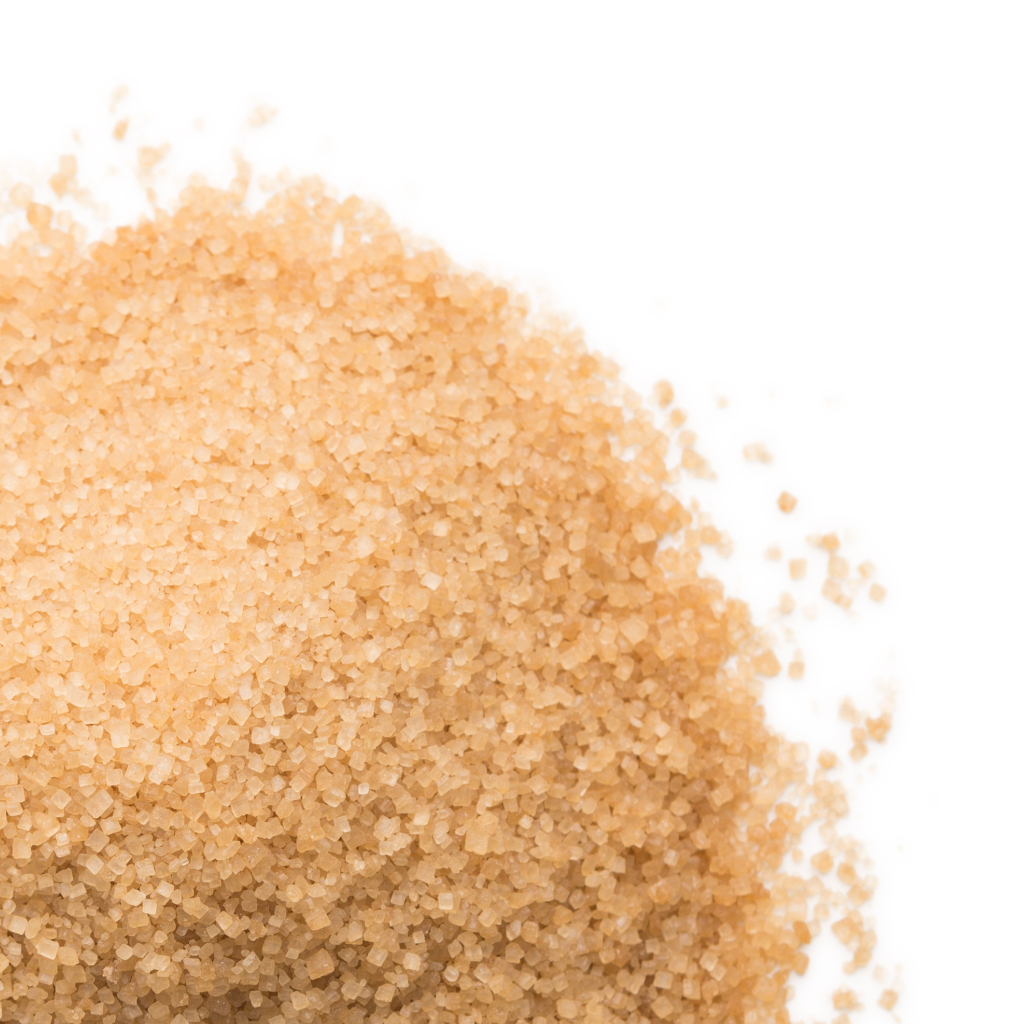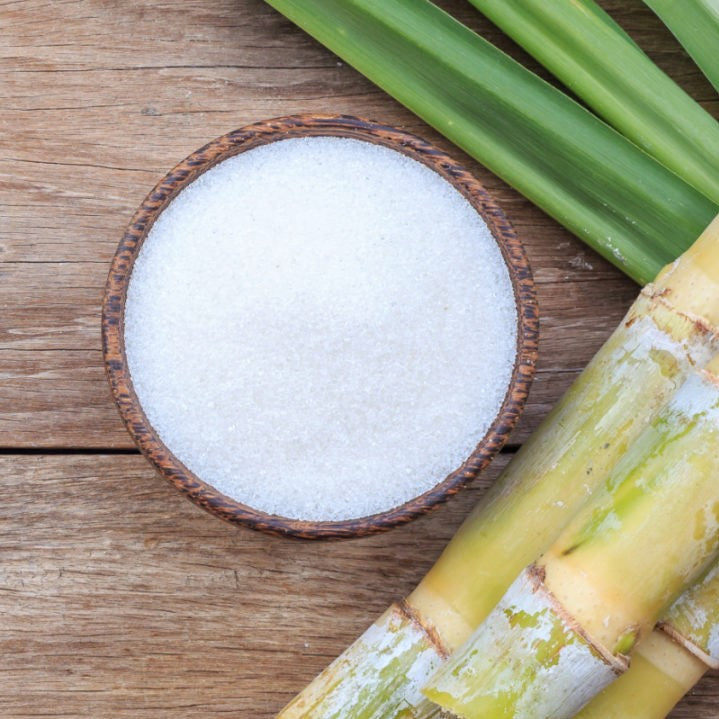The Scientific Research Behind Cane Sugar Processing: Exactly How Sweet Taste is Improved
The Scientific Research Behind Cane Sugar Processing: Exactly How Sweet Taste is Improved
Blog Article
Comprehending the Essential Strategies and Technologies Used in Modern Walking Cane Sugar Processing
The advancement of walking stick sugar handling has actually been significantly formed by the assimilation of advanced techniques and technologies that resolve both efficiency and sustainability. Enzyme-assisted removal and sophisticated refining methods have changed yield optimization, while automation promotes functional integrity. In addition, the focus on sustainable methods shows an expanding awareness of ecological impact. As we explore these essential developments, it becomes important to take a look at how they not just boost production however likewise straighten with wider market fads and consumer demands, elevating inquiries about the future of sugar handling and its effects for worldwide markets.
Historical Context of Walking Stick Sugar Handling
The historical context of walking stick sugar processing discloses an abundant tapestry of agricultural advancement and cultural exchange that has actually shaped its development over centuries. Coming From Southeast Asia, sugarcane was grown as early as 8000 BCE - Cane Sugar Processing. The procedure of removing and refining sugar gained energy in India, where techniques for condensation were improved around the sixth century. This understanding passed through to the Center East, and by the 12th century, sugar ended up being a valued commodity in Europe, bring about the establishment of sugar plantations in the Mediterranean.

Advanced Extraction Strategies
Effectiveness in walking cane sugar extraction has seen significant innovations, driven by the demand for greater returns and lower production prices. Traditional techniques have developed, offering means to cutting-edge technologies that boost the efficacy of the extraction process. One noteworthy innovation is using enzyme-assisted extraction, where particular enzymes damage down cell walls and launch even more sucrose from the walking cane fibers. This method not only boosts sugar return however also decreases the energy needed for handling.
In addition, the adoption of membrane layer purification innovations, such as nanofiltration and reverse osmosis, has reinvented the separation of sugar from impurities. These techniques allow for the selective permeation of sugar particles while maintaining larger impurities, enhancing the extraction process and reducing waste.
Additionally, the integration of constant extraction systems has caused boosted operational effectiveness. Cane Sugar Processing. These systems keep a continuous flow of walking cane product, guaranteeing optimal extraction conditions and lowering downtime related to set handling
Innovative Refining Technologies
Refining techniques in cane sugar handling have gone through a transformative change, driven by the demand for greater pureness and enhanced item top quality. Among the most significant innovations is the adoption of membrane layer filtration modern technologies, such as ultrafiltration and nanofiltration. These processes efficiently get rid of pollutants and colorants without the need for considerable chemical therapies, consequently preserving the sugar's natural taste and improving its charm.
Another substantial advancement is using ion exchange resins, which enable for discerning removal of undesirable ions from sugar services. This modern technology not just enhances the overall purity of the last item yet additionally contributes to minimized waste and ecological impact.
Additionally, innovations in adsorption methods, making use of activated carbon and other innovative materials, have actually shown effective in decolorizing sugar remedies while maintaining optimal high quality. The integration of these ingenious refining innovations ensures that manufacturers can create refined sugar with remarkable clearness and preference, meeting the progressing preferences of consumers.
Automation and Control Systems
Recent innovations in refining modern technologies have actually led the way for considerable enhancements in automation and control systems within walking cane sugar handling centers. These systems utilize sophisticated software program and hardware to improve functional performance, reduce human error, and guarantee consistent product high quality.
Modern automation integrates various elements, including sensors, actuators, and programmable reasoning controllers (PLCs), allowing real-time monitoring and control of essential processes. For go to my site instance, temperature level, flow, and pressure prices can be specifically controlled during extraction, clarification, and formation phases, enhancing performance and lessening waste.
Moreover, advanced information analytics and maker understanding formulas play a crucial role in anticipating maintenance, enabling drivers to anticipate devices failings prior to they happen. This positive approach not only reduces downtime however additionally extends the life expectancy of equipment.
Furthermore, automation promotes the application of Market 4.0 principles, empowering sugar mills to accomplish better connectivity and information exchange throughout processes. Therefore, decision-making becomes even more enlightened and active, inevitably boosting the general competitiveness of cane sugar production. With these innovations, the industry is well-positioned to meet growing international needs while preserving operational excellence.
Sustainability Practices in Sugar Manufacturing
Sustainability methods in sugar manufacturing have actually become significantly necessary as the sector seeks to balance economic stability with environmental obligation. As customer understanding grows concerning the ecological impacts of agricultural practices, sugar producers are embracing innovative approaches to minimize their ecological footprint.
One substantial approach is the implementation of accuracy farming strategies, which use information analytics to optimize source use, such as water and fertilizers. This reduces waste and decreases the impact on neighborhood communities. Additionally, several manufacturers are transitioning to renewable resource resources, such as biomass from sugarcane byproducts, to power their procedures, consequently reducing dependence on nonrenewable fuel sources.
Water monitoring methods are additionally crucial; rain harvesting and effective irrigation systems help alleviate water scarcity problems. Cane Sugar Processing. Furthermore, integrated insect administration strategies lower chemical use, advertising biodiversity and soil wellness
Business social duty campaigns are emerging, with business buying neighborhood areas and making certain reasonable labor methods. By embracing these sustainability techniques, the my link sugar sector not just enhances its reputation yet also adds to a much more lasting farming landscape, leading the way for future generations.

Verdict
In recap, modern-day cane sugar handling includes an array of advanced strategies and innovations that substantially boost sustainability, effectiveness, and yield. Jointly, these innovations place the walking stick sugar market to meet modern demands while attending to vital global obstacles.
The evolution of cane sugar processing has actually been dramatically formed by the combination of sophisticated strategies and innovations that resolve both performance and sustainability.The historic context of walking stick sugar processing reveals an abundant tapestry of agricultural advancement and social exchange that has actually shaped its development over centuries. Developments in milling and refining arised, laying the groundwork for modern-day walking cane sugar processing.Refining techniques in cane sugar handling have have a peek here actually undertaken a transformative shift, driven by the demand for greater purity and enhanced item quality.In recap, modern walking stick sugar handling incorporates an array of sophisticated techniques and modern technologies that substantially improve efficiency, sustainability, and return.
Report this page